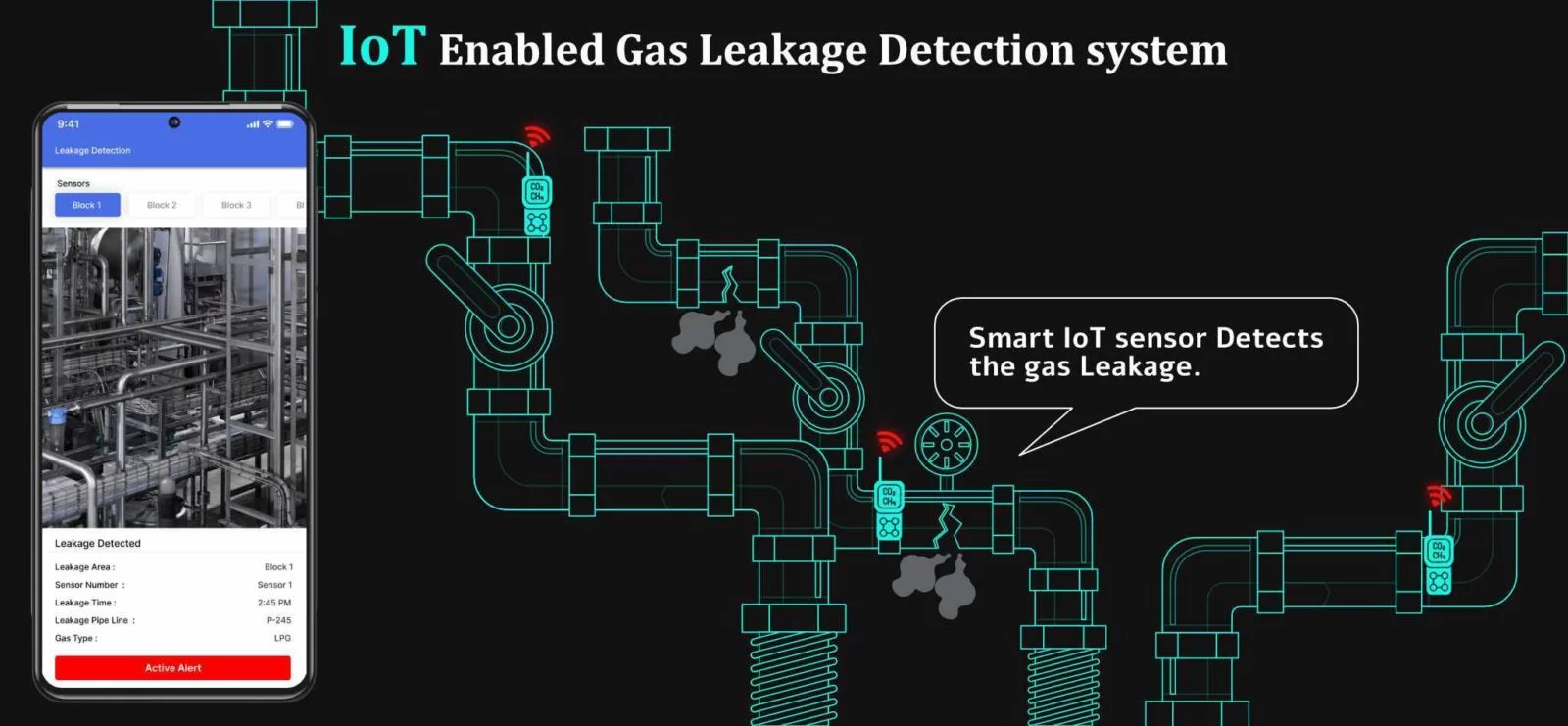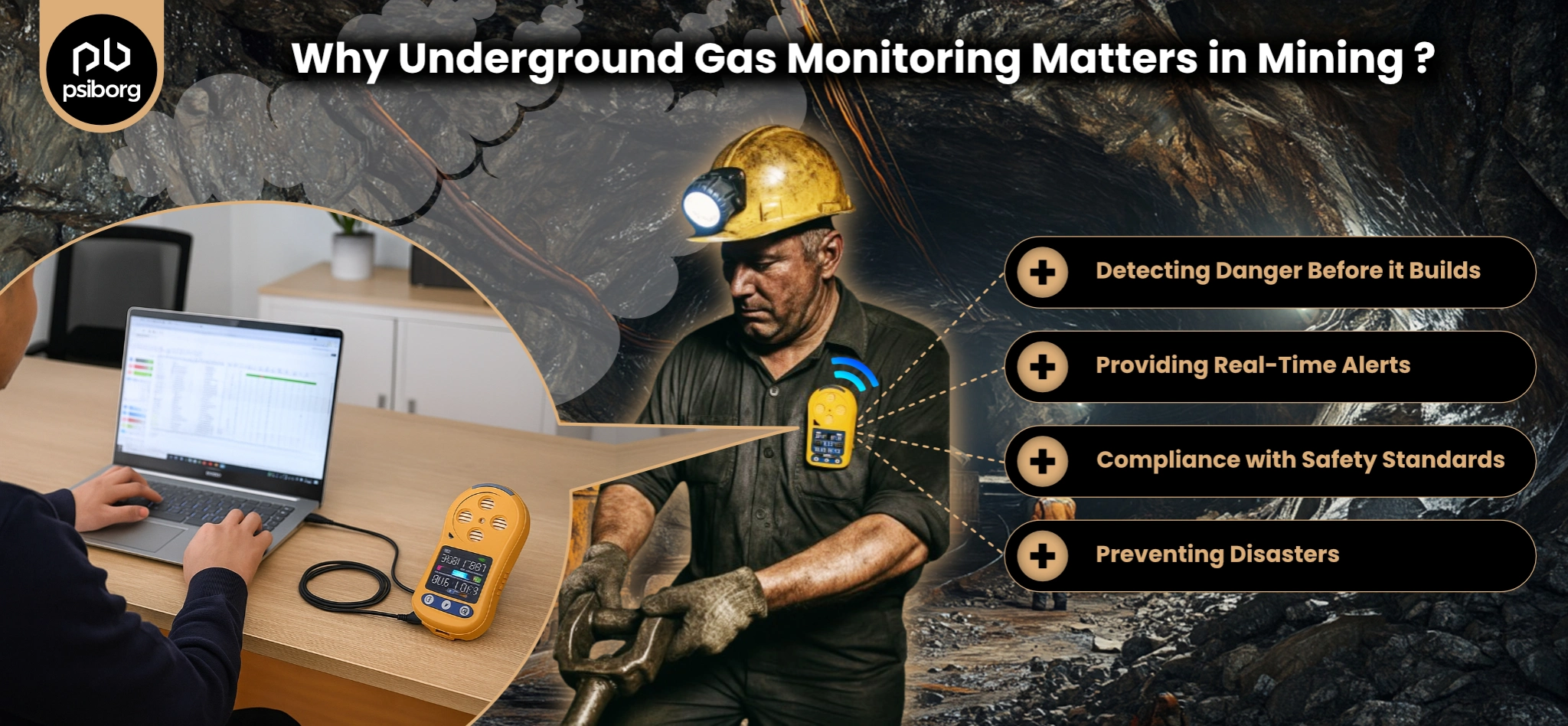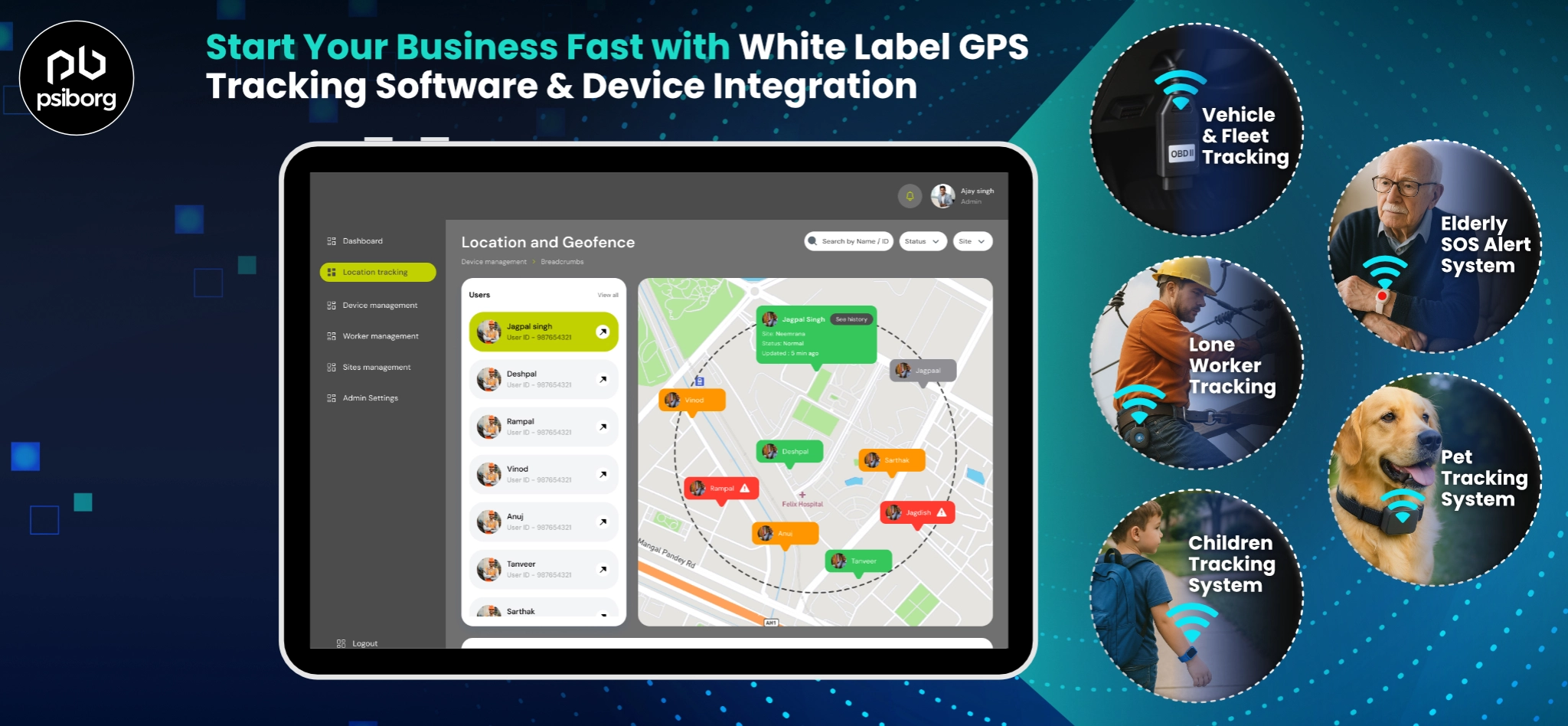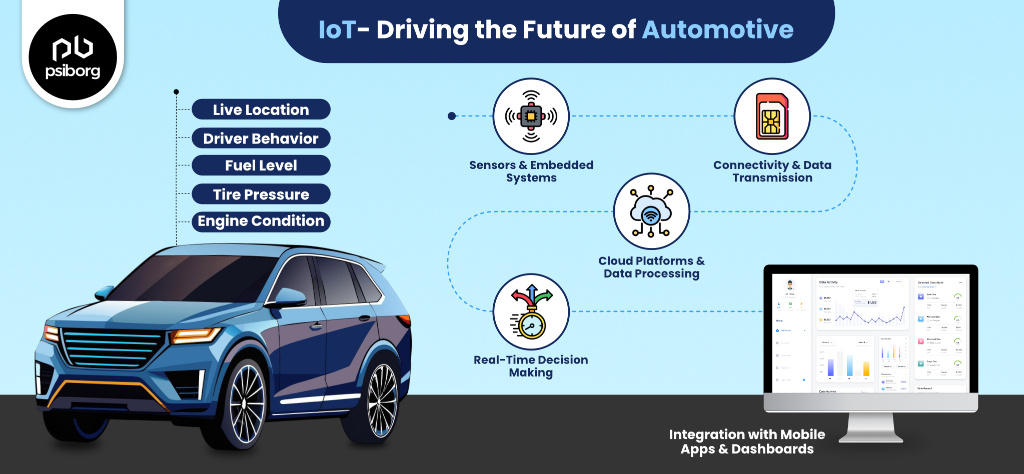WHAT IS A GAS LEAK, AND ITS EFFECT?
IoT enabled gas leakage detection system is a smart way to detect gas leakage. Gas leakage is a major safety concern in Industries, Households, and Piped gas distribution systems. Refineries, Oil and gas industries, and supply-chain industry of flammable gases and liquids are the major industries which are vulnerable to fire hazard.
Liquified Petroleum Gas (LPG) mainly contains hydrocarbons like Propane, Butane etc. And, it is used for domestic cooking purposes. Similarly, Compressed Natural Gas (CNG) is a flammable gas consisting mainly of Methane. Also, CNG is widely used as fuel gas in automobile vehicles.
WHAT ARE HAZARDOUS GASES AND THE EXTENT OF DAMAGE THEY CAN CAUSE:
Hazardous gases like Methane, Propane, Sulphur dioxide, Hydrogen sulphide, and Ammonia can cause major disasters. We often hear of such disasters in the news, due to poor safety infrastructure and human errors. For instance, The Bhopal gas tragedy of 1983, is the worst industrial gas disaster.
Similarly, we often hear of cylinder bursting incidents in households. Also, Supply-chain systems of flammable gases like LPG, CNG are susceptible to gas leakage. We often hear news of fire incidents happening in these places.
In short, All these scenarios cause significant damage to life and property.
HOW IOT WILL DETECT GAS LEAKAGE:
What if we can detect leakage of hazardous gases like methane and propane wirelessly on a real time basis? At the same time controlling action can also be initiated. Methane and Propane can easily be detected by MQ-6 gas sensors. The MQ-6 sensor is very sensitive in detecting Methane gas.
Internet of Things (IoT) enabled gas leakage detection system, uses a cluster of above mentioned sensors. Any number of sensors can be placed at leak prone places. These sensors wirelessly communicate with cloud servers, where their data is constantly analyzed and processed. The data stored in the cloud is processed using technologies like AI (Artificial Intelligence) and ML (Machine Learning). Processed Cloud data, through the Internet, connect to multiple user interfaces such as Mobile or Web App.
So that multiple users can see the real time data, gathered from sensors and at the same time can initiate controlling action.

WHAT IS IOT ?
IoT stands for Internet of things. It is nothing but a network of sensor and microcontroller devices integrated with electronic devices. These devices are connected to the internet, which in turn connects these devices to cloud platforms. These cloud platforms provide centralized and decentralized control over devices. The controlling action could be raising an SOS alarm or initiating a controlling action.
For example, if an LPG cylinder leaks in a household setting, the sensor senses the leakage. And the owner of the house gets the alert notification and the user can initiate the controlling action or predefined controlling action like switching off the gas regulator can be initiated. If no action is taken by the user and gas concentration in the home is continuously increasing, then the Smart IoT based gas detection system will send SOS calls to the other parties concerned.
HOW IOT IS TRANSFORMING OUR DAILY LIFE?
According to Statista, The number of Internet of Things (IoT) devices worldwide is forecasted to almost triple from 9.7 billion in 2020 to more than 29 billion IoT devices in 2030.
With the emergence of IoT which is touching every aspect of human life. From smart toys to highly sophisticated waste management systems. IoT has vast applicability in Industrial, Domestic, and commercial spaces. The use of IoT is increasing day by day.
Such is the potential of IoT based systems, they are now widely used in smart kitchen design and smart home automation. These are the examples of Domestic applicability of IoT. Similarly in commercial space, they have wide applications like Inventory management and Server room monitoring systems and far more.
HOW DOES IOT ENABLED GAS LEAKAGE SYSTEM WORK?
IoT based gas detection monitoring and controlling action can be of three types:
- SOS alerting system on leak
- Hazard detection and vulnerability management
- Real-time leakage monitoring
MONITORING SYSTEM FOR GAS LEAKAGE DETECTION
Sensor Nodes: IoT systems consist of clusters of sensors spread across vulnerable areas or monitored areas. They can be closed areas, in the factory, where hazardous chemical reactions are taking place. Or Gas filling or bottling stations, which use to store or transport gases.
Low Power Communication Protocol: Various IoT protocols are low-powered radiofrequency wide area networking protocols. The most commonly used protocol is LoRa. The sensor Nodes form a wireless sensor network .Lora protocol passes the data from sensors to the Internet Gateway. Internet Gateway further sends the data to the Cloud Platform.
See also: LoRa based wireless sensor network in IoT
Cloud Platform: It stores the data according to predefined conditions and performs data analytics based on machine learning algorithms and converts data into useful information. Also, This information is sent to the user interface through the Internet gateway. The entire process is completely secure and offers fast processing of data.
User Interface: It is either a dedicated App or Centralized command and control center. Through this type of interface, any number of users can view the information on a real-time basis. Actuator nodes will trigger controlling actions like switching off valves and alerting concerned parties. All these functions are performed remotely.
WHAT ARE THE BENEFITS OF USING SMART GAS LEAK DETECTION SYSTEM:
- IoT solutions are Wireless systems:
The whole system is designed in such a way that it is completely wireless. IoT systems are not based on complex relay of wires. It uses wireless protocols which consume less energy, is cost-effective, and provide end to end security.
- IoT solutions can have multiple user control system:
Suppose in an industrial facility the operator, due to some reason, is not able to act on time in an emergency leakage. Then the alert can be raised to his superior, who can also initiate prompt corrective action. In other words, the Actuator system or Preventive action can be initiated by multiple parties.
- IoT offers Real time Data capture and storage:
Cloud stores the IoT data which is like an online Computer. Also it processes the data and streams it on a real time basis to the concerned authorities and people. On the other hand, The cost of maintaining logs in industrial facilities is high. But with this type of system, and with some initial cost, the data storage problem can be made very simple. Also, the past data can be used for Research and development purposes.
WHAT ARE THE MAJOR INDUSTRIAL GASES WHICH REQUIRE LEAK DETECTION SYSTEM:
Flammable gases
- Acetylene: widely used in fabrication industry
- Methane: It is main constituent of domestic LPG, used in common households
- Butane: It is the main constituent of CNG, used in motor vehicles.
- Propane: found in some proportion in LPG and CNG
Corrosive gases
- Ammonia: widely transported gases. Because it is required to manufacture fertilizers and also widely used in the refrigeration industry.,
- Chlorine: It is a highly reactive gas. and has wide industrial applications.
- Hydrogen sulphide: It is a highly toxic gas. While drilling crude oil and in the production of natural gas we get hydrogen sulphide as a by-product.
WHAT ARE THE INDUSTRIES OR SECTORS WHERE GAS LEAKAGE DETECTION MONITORING CAN BE USEFUL:
SMART HOUSE:
High-paced urban life often creates room for human error. In homes, LPG leaks can cause major loss of life and property. Because living space is densely populated. And the lives of people in such urban space are busy. So, there is a possibility of human error which may cause fatal accidents. Such accidents can be easily avoided by using smart gas leak detection systems.
See also: IoT based Home Security System
OIL AND GAS INDUSTRY:
Upstream, Midstream and Downstream. Basically, the Oil and Gas industry is classified into three types.
Firstly, Upstream is concerned with the drilling and extraction of crude oil and natural gas from earth’s crust. Upstream operation is a high hazard zone, because gases from earth’s crust vent at different pressures, and these gases are stored and transported for further processing and distribution.
Secondly, Midstream refers to the transportation of oil and natural gas through a network of closely meshed pipes. There are various storage and distribution stations distributed throughout the country. These storage stations are vulnerable to gas leakage.
Thirdly, Downstream operations are carried out in Refineries to produce Petrol, Diesel and other petroleum products and gases. Refinery is a highly complex industrial facility which uses a variety of chemical processes at high temperature and pressure. These operations are also prone to gas leakage.
MINING INDUSTRY:
Coal mining is a very hazardous process. Underground mines are prone to Firedamp, i.e coal mines emit hazardous gases like methane when they are mined. Coal mines are deposits of organic matter from billions of years ago. Sometimes natural gas deposits are also found in the coal mines. These deposits, when dug, cause sudden accidents. This can be avoided by using a smart gas leakage detection system.
See also: IoT based coal mining safety monitoring system
We at Psiborg, an IoT product development company, use state-of-the-art technology integration that provides a complete IoT enabled gas leak detection system for industries and smart homes solutions for, on a case-to-case basis.





